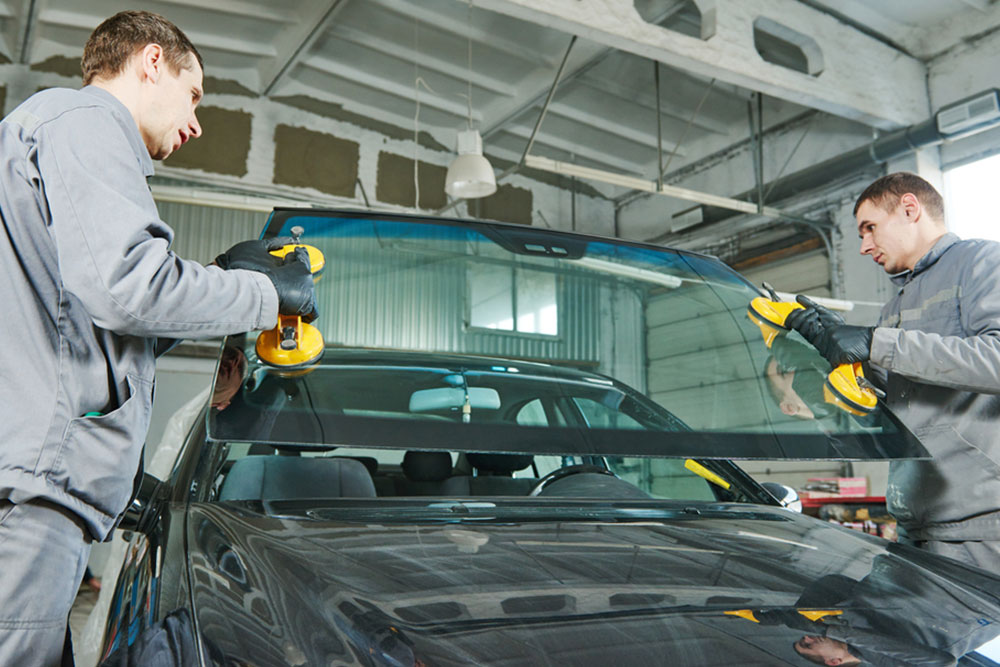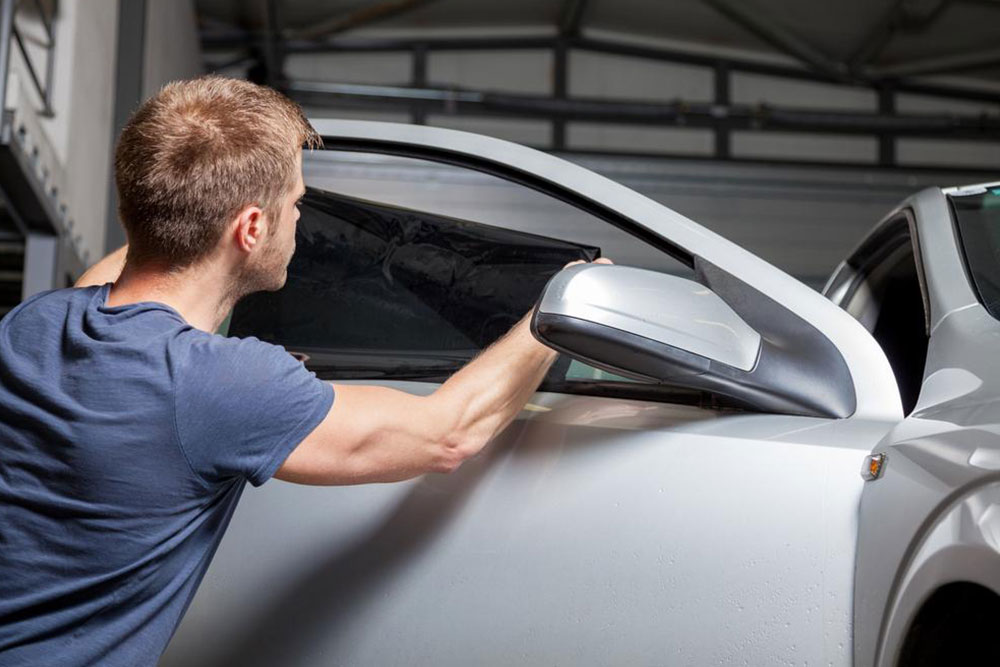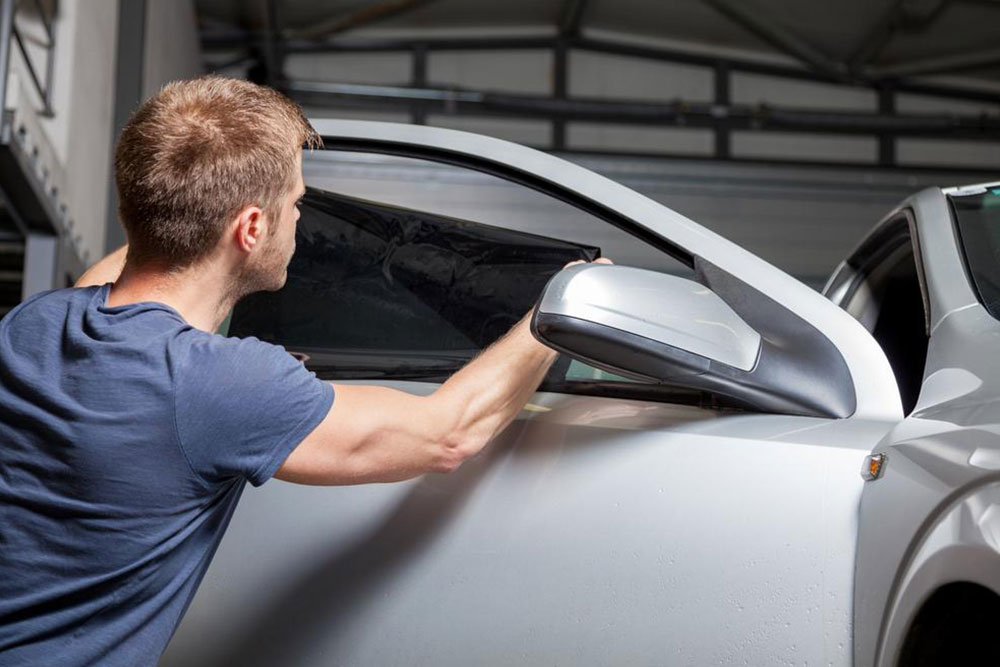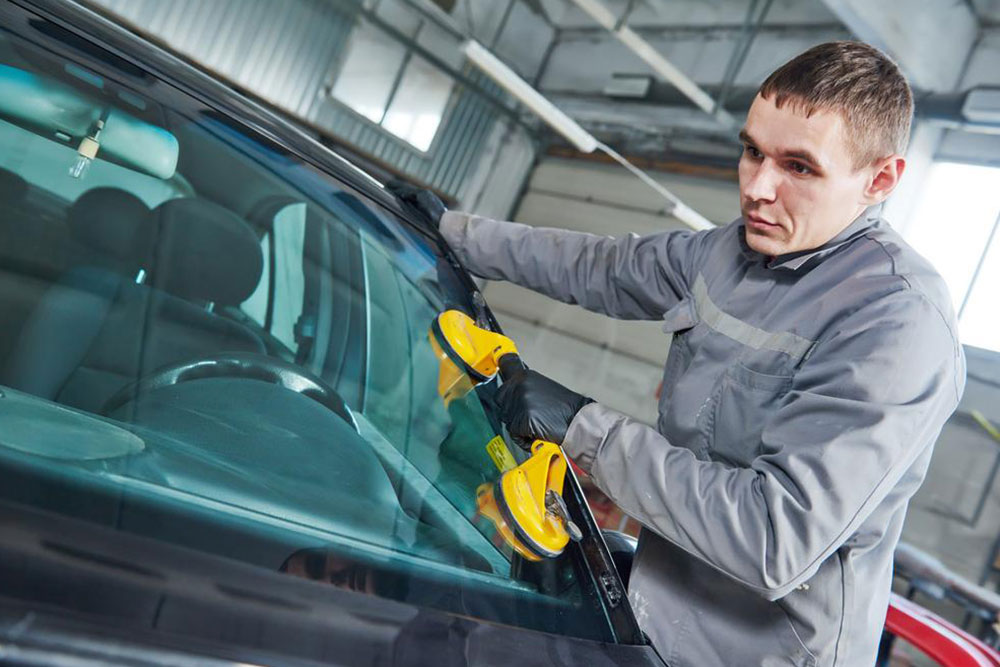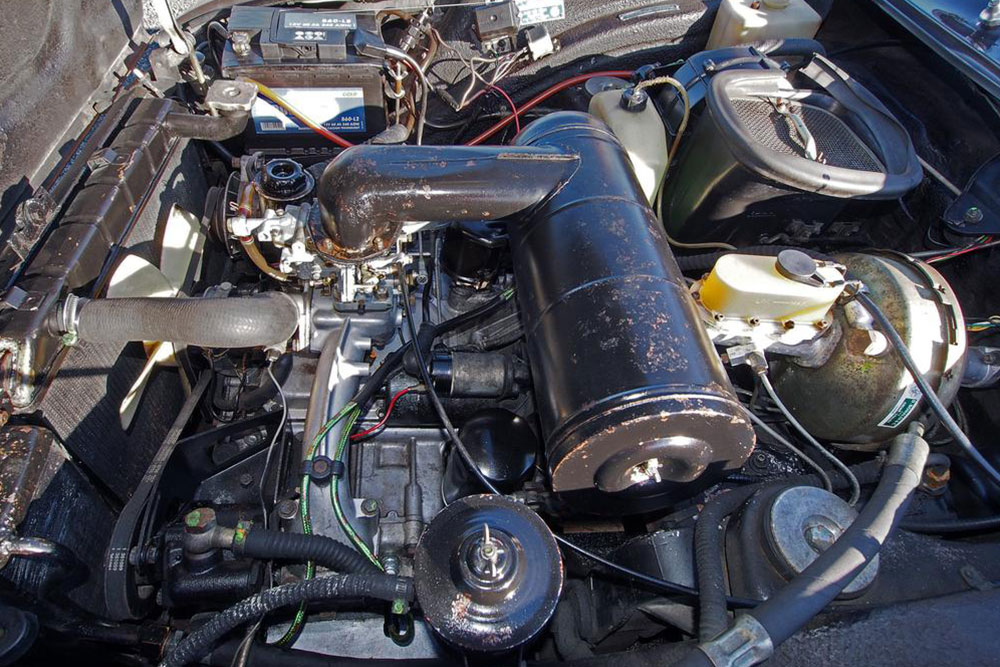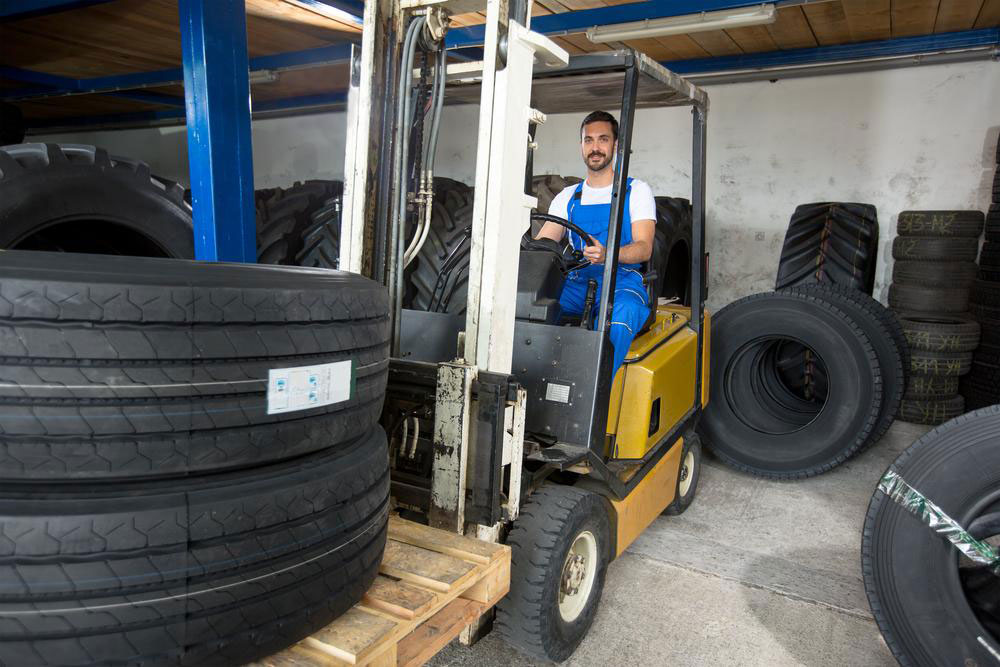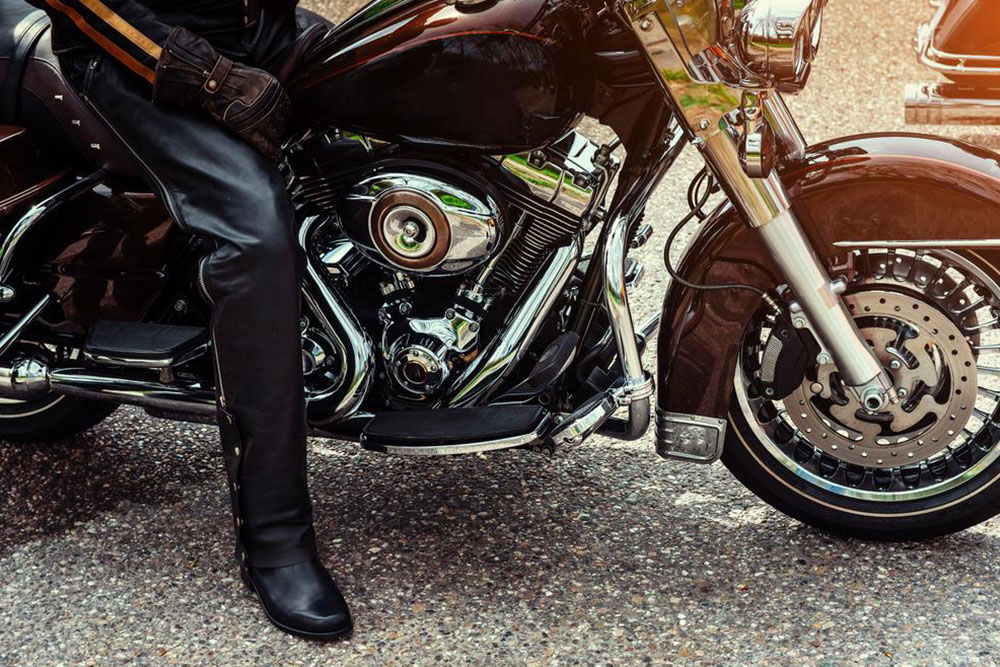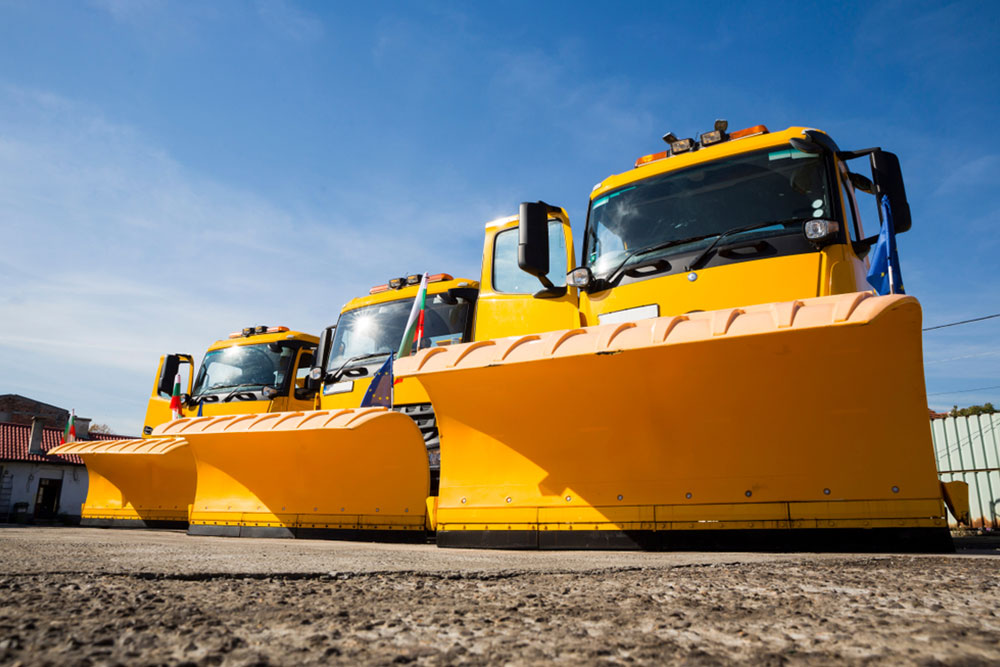Different Types of Vehicle Windshields Explained
Explore the main types of vehicle windshields—laminated and tempered—highlighting their manufacturing processes, benefits, and safety features. Learn which windshield type best suits your needs for durability, safety, and convenience in modern vehicles.
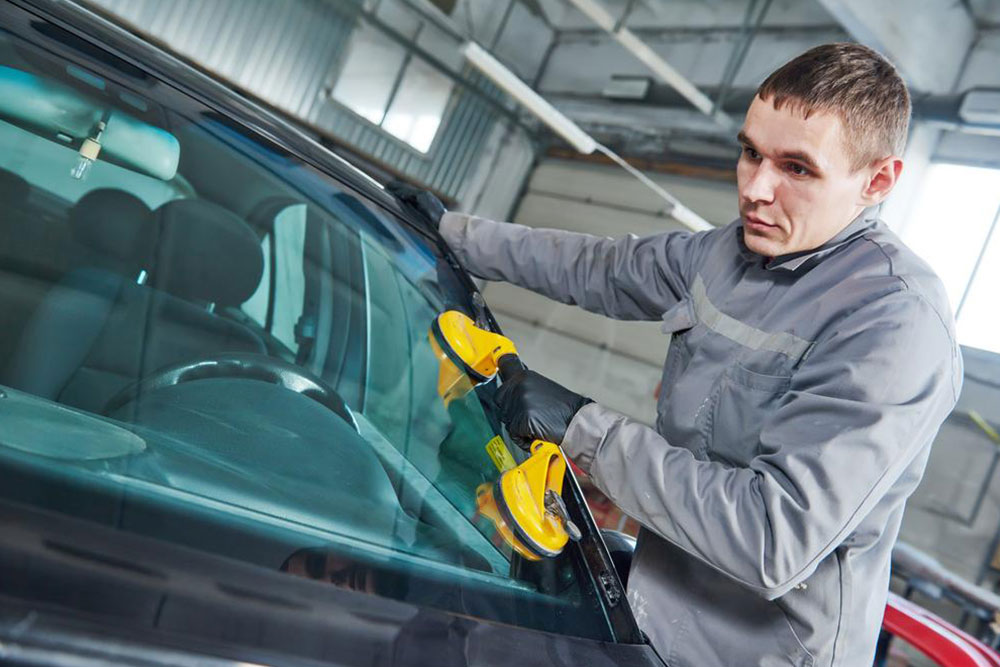
Different Types of Vehicle Windshields Explained
Modern windshields are designed to be safer and more user-friendly compared to traditional glass versions. Glass, being fragile, can crack easily from minor impacts, posing significant injury risks due to flying shards. To address this, manufacturing incorporates a cellulose layer between glass sheets, shaping the windshield and preventing shattering upon impact. Vehicle windshields mainly fall into two categories, each with distinct benefits and drawbacks.
Laminated windshields: This type involves bonding multiple glass layers with a plastic polyvinyl butyral (PVB) sheet under high heat and pressure, creating a durable, shatter-resistant surface that holds fragments together. Laminated windshields also provide UV protection, resist small cracks, and are easy to repair. Their flexible design allows seamless integration into modern vehicle aesthetics.
This process fuses the layers into one solid piece, making the windshield safer by preventing dangerous shards from flying during damage. Additionally, laminated glass acts as a buffer, reducing injury risk if occupants aren’t wearing seatbelts during severe impacts.
Tempered windshields: Tempering involves quickly heating the glass and then cooling it rapidly, which strengthens the material. The rapid temperature change makes the glass more resistant to impacts and heat. When broken, tempered glass shatters into large, blunt chunks rather than sharp shards, reducing injury severity. However, it cannot be repaired once damaged, unlike laminated windshields. Tempered glass is a popular choice for its strength and safety benefits.
Learn more about affordable, durable windshield options by visiting reputable manufacturers.

